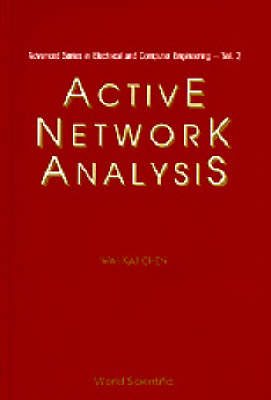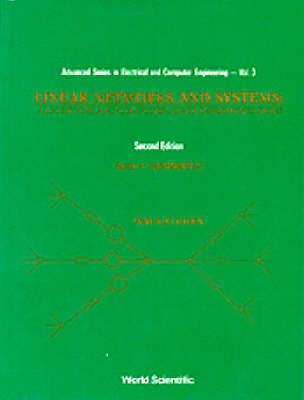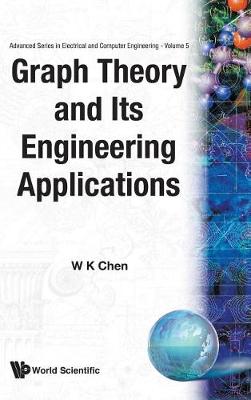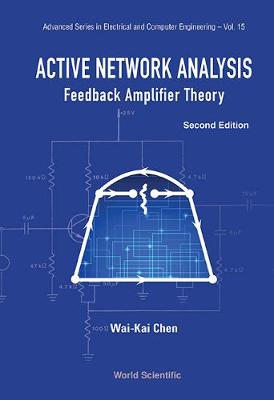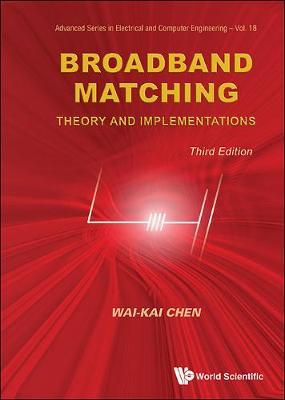Advanced Series in Electrical & Computer Engineering
6 primary works • 7 total works
Book 1
Broadband Matching: Theory And Implementations (2nd Edition)
by Wai-Kai Chen
Book 2
Book 3
Book 5
Book 15
Book 18
Broadband Matching: Theory And Implementations (Third Edition)
by Wai-Kai Chen

